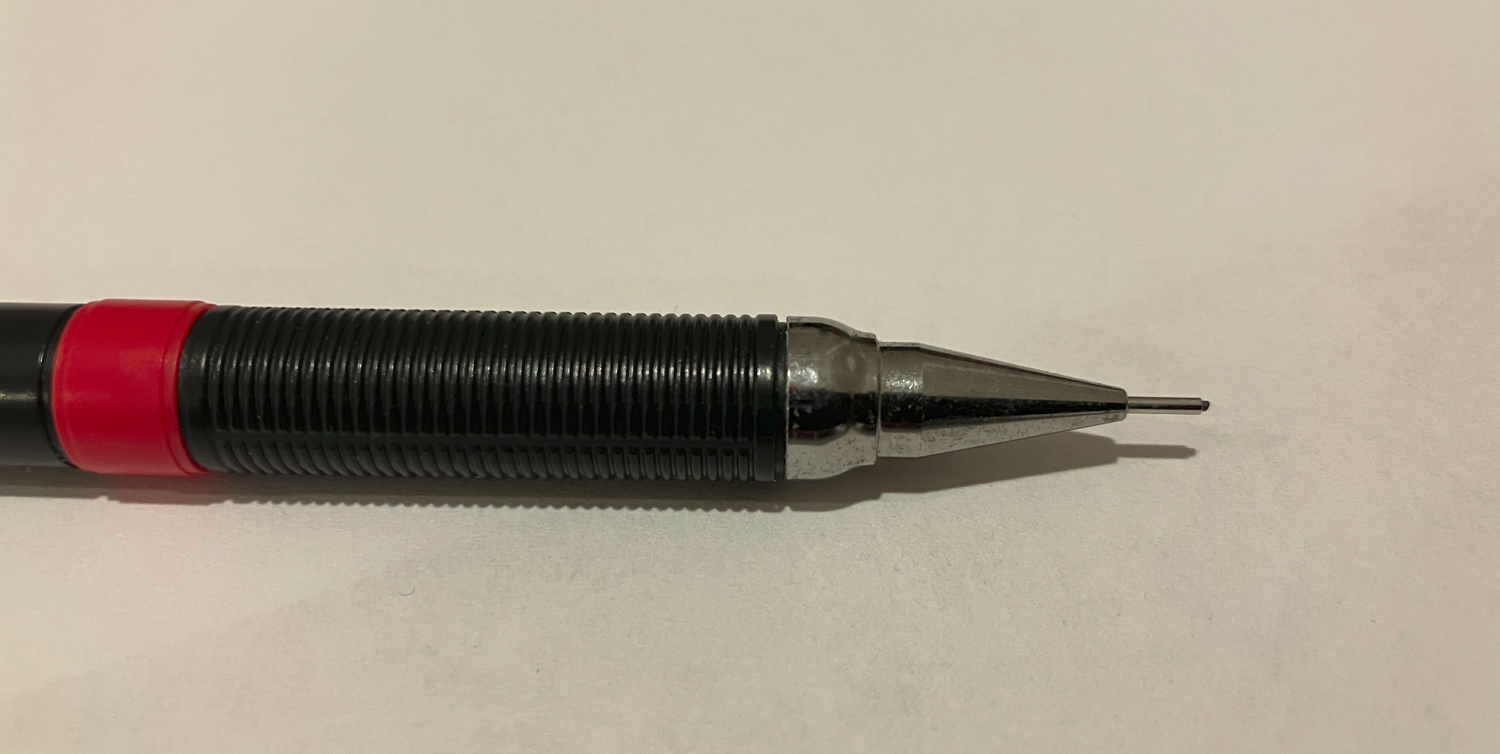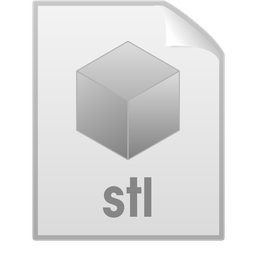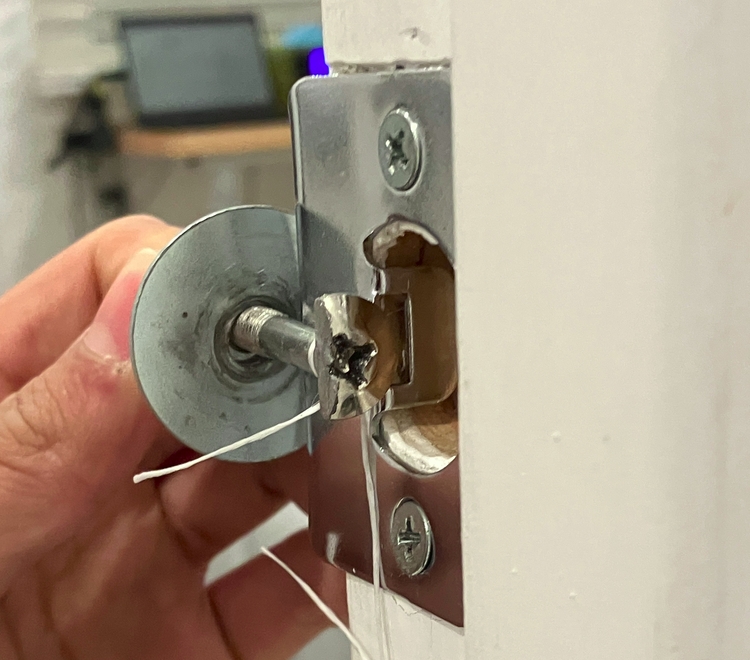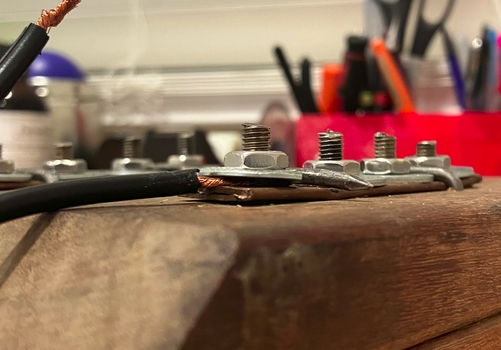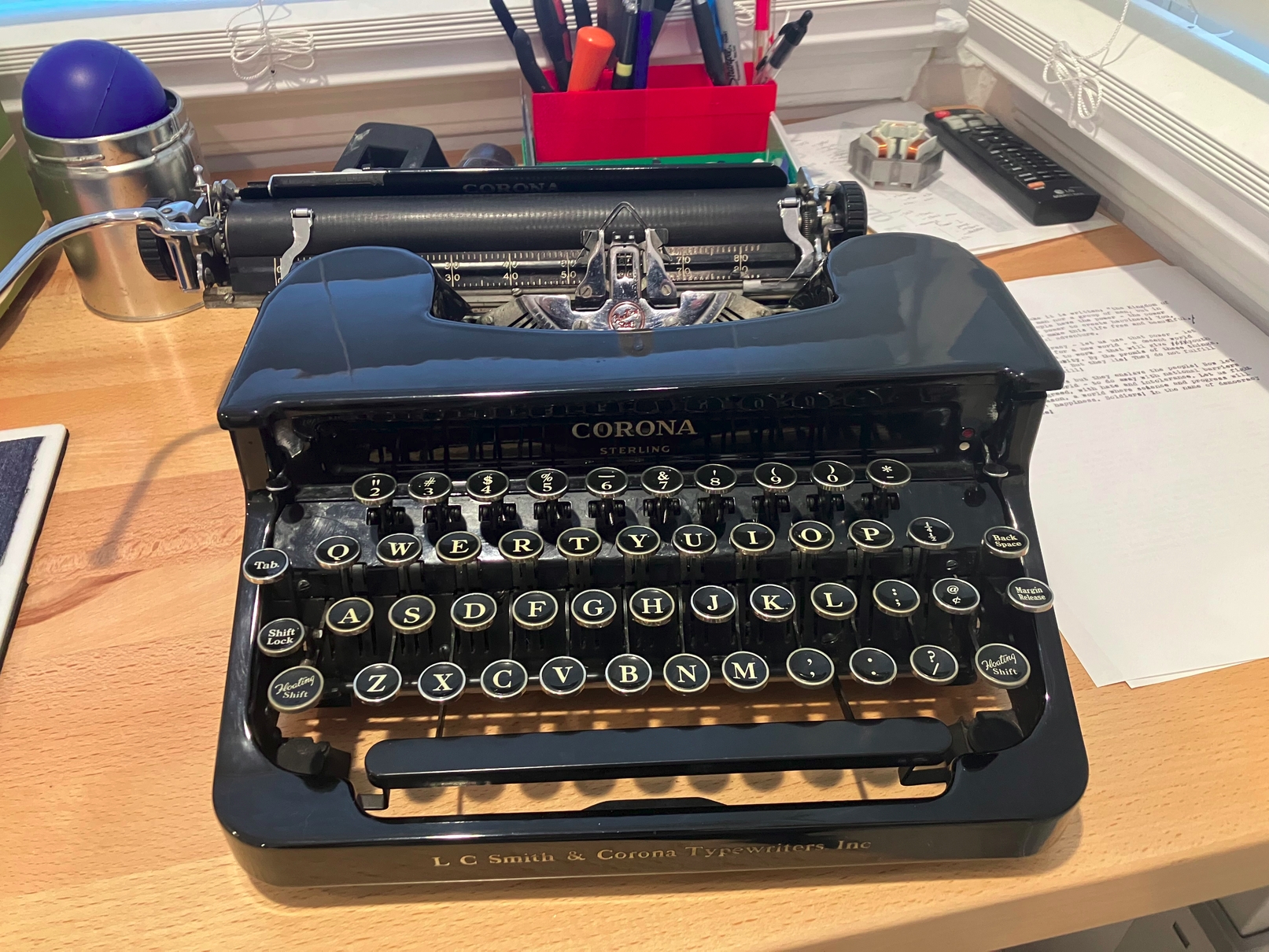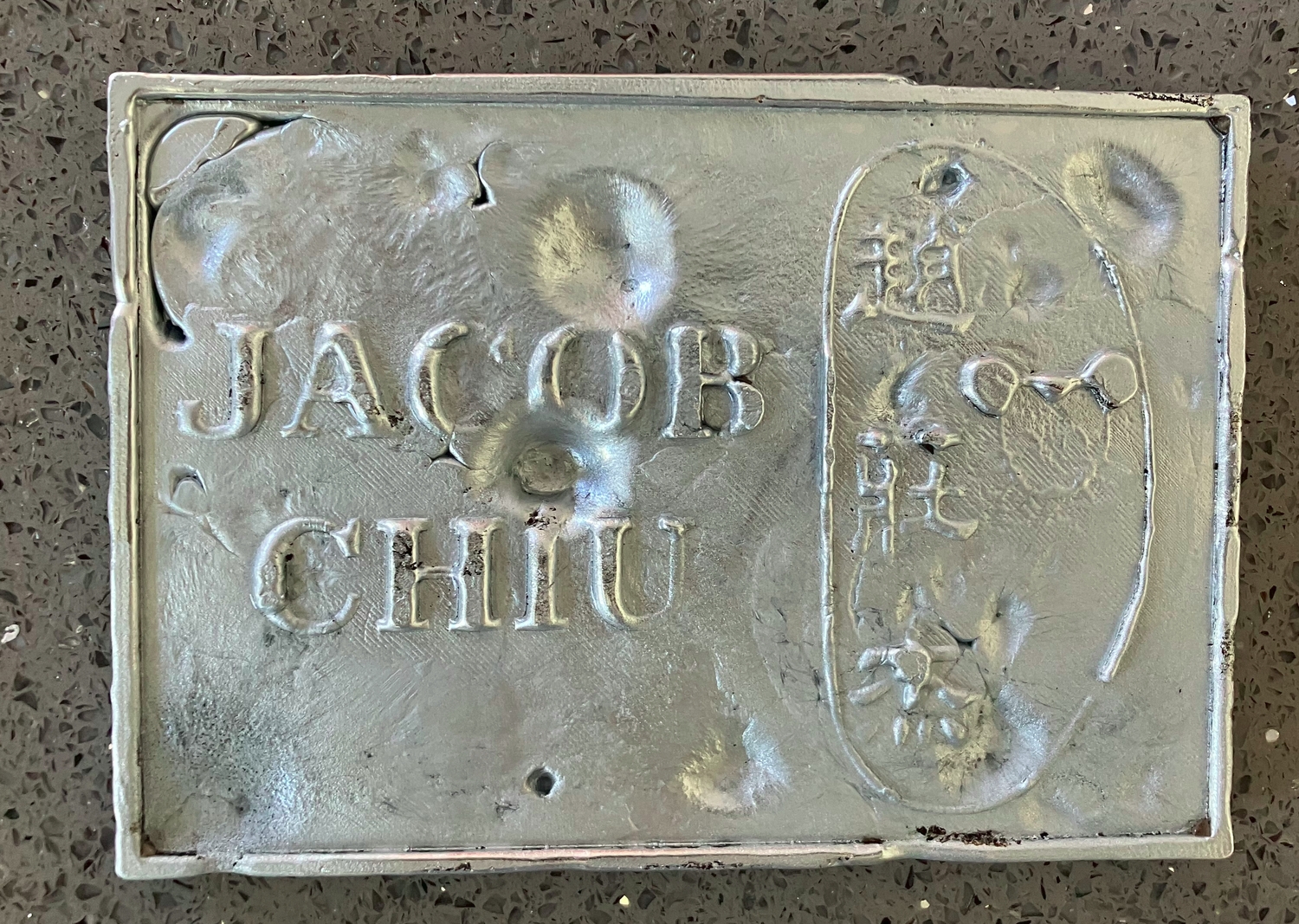Category: Random Projects
Random projects that I do to improve my life, try out an interesting new technology, learn a new skill, etc.
-
A drafting pencil is a mechanical pencil with a long (~4mm), thin tip called a “lead sleeve” that makes it great for scribing along the edges of rulers, also making it easy to see what you’re writing. Unfortunately, the thin lead sleeve gets damaged very easily when the pencil is dropped, breaking the brittle graphite inside as it’s forced through. Although it’s usually possible to un-bend a bent sleeve by pushing it on the edge of a table, a particularly violent impact can cause an unfixable dent. (Based on my experience, drafting pencils are a poor choice for emotionally volatile…
-
Some time ago, a lighter in my house ran out of fuel and I decided to take it apart despite “common sense” (i.e. a blind and baseless fear of fire) telling me not to. To be fair, the last time I took apart a lighter, there were hair-singeing consequences, but this time, I verified that the lighter was completely empty of fuel to avoid this risk. The lighter is disassembled by removing a single screw towards the back, a press-fit collar towards the front, and prying the two halves of the glued-together case apart. Inside, there are two levers: a…
-
Introduction Last summer in Hong Kong I bought a steelyard scale from Lee Wo Steelyard on Shanghai street. When asked how to use the scale, the store owner told me to “ask my mom, she knows”, but she didn’t. I then consulted my grandfather, who gave a partial explanation of how to use the scale and read the weight. Aside from him though, nobody else (even among my Hong Kong relatives) knew exactly how to use it and read the weight. What would have helped me at the time is a specific English guide on Chinese steelyards, but since I…
-
Gedit (the GNOME text editor) has a word counter plugin available on GitHub (here), but I didn’t really like it since it couldn’t display the word count of a highlighted section of your document. To do that, you would need to highlight something, and then use the Document Statistics tool from the dropdown menu. I forked the plugin and changed some code so that if anything is highlighted, it instead displays the word count of the selection. In addition, the definition of a word was changed so that words with apostrophes were counted as one and not two …
-
The Humanity icon theme for Ubuntu does not have an icon for STL files and other 3D modeling files, so I decided to create one. Using the default empty file icon, I added a cube with gradient fill and the letters “stl” underneath with LibreOffice Draw. Then, I went to /usr/share/mime/types to find out what mimetype STL files are — they are of type “model/stl”, so I created a new theme (instructions here), named the icon “model-stl”, and put the icon there. Here is the LibreOffice Draw file if you want to edit the icon or make a similar …
-
My room’s door doesn’t have a lock. It doesn’t need one. But cars probably don’t need to go above 130km/h either, yet they can, for… reasons. So for… reasons, I made a lock for my door that is very simple and requires no modification of the door’s current hardware. My door swings inward, so to prevent someone from coming in, I have to prevent them from pushing the door into the room. This is accomplished by bolting the door to the doorframe, using the strike plate (the little hole that the latch goes into) as a point to latch onto,…
-
Line AC power is a lot more dangerous than low-voltage DC power. As such, it requires different methods of connecting wires together temporarily. For example, you can use the same wire nuts used for permanent connections, though it’s not particularly fast or repeatable. You could just twist the wires together, but just because you can do something, it doesn’t mean you should. A modest step up in safety is wrapping the twisted wires in electrical tape, but that’s not particularly convenient or safe. You can use things like crocodile clips, but I didn’t have any on hand and many are…
-
This is the disassembly of a Yale Assure Smart Lock. The outside part (called, according to Yale, the “Touchscreen Escutcheon”) basically consists of a touchscreen interface and a traditional cylinder lock. A metal plate with a keyhole mounting hole (that’s the hole shaped like a keyhole; it has nothing to do with keys), which is possibly an alternative method of mounting the lock, covers the screen mounting bracket. After it is removed, the screws holding the plastic bracket that holds the touchscreen can be undone. Another plastic piece holds the screen cable in place, and a metal bracket secures the…
-
During the COVID-19 pandemic, with a lot of spare time on hand, I took up the hobby of manual typewriter restoration. It’s really not a difficult task: typewriters are generally very well built and aside from being dusty and gummed up, most manual typewriters for sale today are still in perfect working order, despite being over half a century old. How It’s Done When restoring typewriters, the first thing to do is to find out your typewriter model. If you are lucky enough, it is written on the typewriter itself, and if not, then you can scroll through the Typewriter…
-
Disclaimer The methods described in this post worked for me. There are many factors that affect whether or not any of this may work for you, but two big ones are weather and soil conditions. Here in Palo Alto, we have clay soil and the weather is hot and dry, at least in the summer. The molds that I’m making are one-part molds, which tend to be simpler, but these methods probably apply to two-part molds as well. Also, I am casting with zinc, a low-temperature, runny metal that takes well to casting. Also, a note about safety: although zinc…

